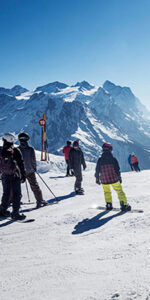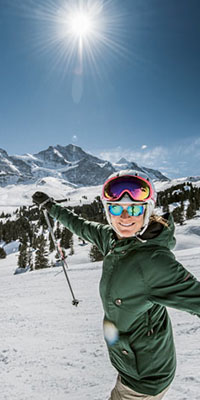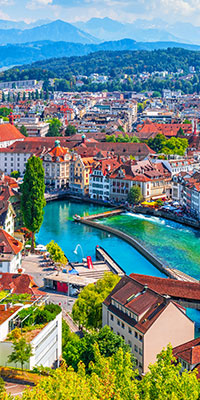Discover The Joy of Hiking With Guided Hikes In Switzerland
Switzerland is famous for it Alpine landscapes and astonishing beauty. Its world-renowned panoramic vistas draw thousands of outdoor fans all year round.
Apart from one of the best ski resorts in the world, Switzerland boasts dense network of well-posted, breathtaking hiking trails. From beginner-friendly to mountaineer only trails, Swiss Alps hold a treat for everyone.
Let’s find out how to get the most out of hiking in the Swiss Alps.
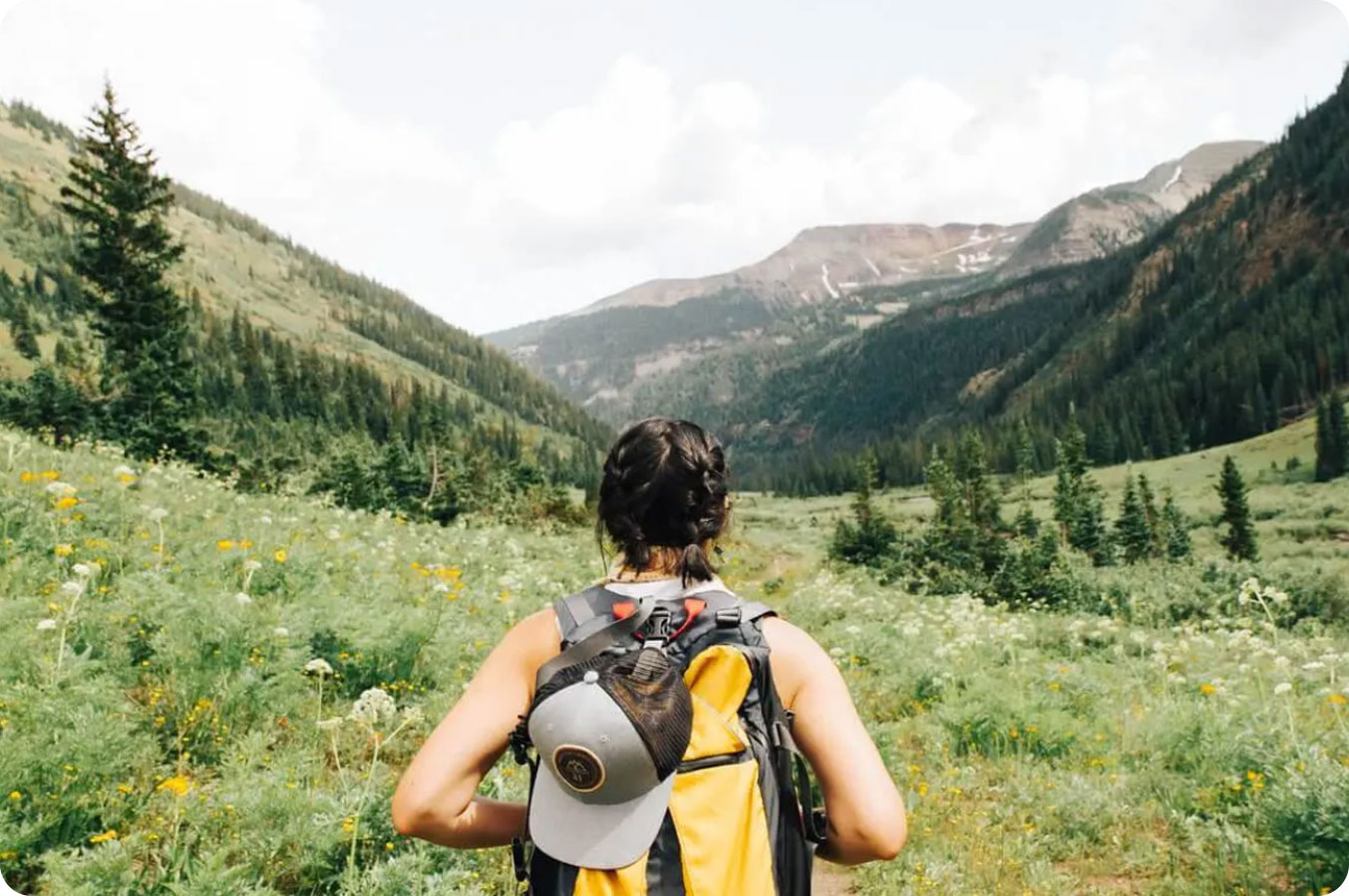
Hiking is one of life’s greatest joys. It helps you not only to stay fit and healthy but also to explore beautiful landscapes. You might also want to check our guided hikes in Switzerland to even push further your experience.
Fresh air, nature, exercise and good friends. It’s difficult to imagine anything better. Our guided hikes in Switzerland is really the best way to enjoy your weekend or your holiday – if you’re prepared. Here you can get some tips and suggestions how to be ready for your next adventure.
Tips for the best outdoor experience with guided hikes in Switzerland
There’s a huge difference if you hike a few hundred yards around your neighborhood or a few hundred miles/km around the Swiss landscape. So let see how to get a better enjoyment out of your hiking trips. Generations preserved the rich heritage of the outdoors and nature we now enjoy. Undoubtedly, dedication and effort have been rewarded by fantastic hiking opportunities.
But let me tell you a few things first. First, plan your trip well. Look at the Swiss hiking map and select a route that’s appropriate for your fitness level and health. You can check our guide on hiking classification to be sure you understand all the markings. Always add one hour extra to the average hiking time in the guide. You will take breaks for food, water and pictures and don’t want to miss your connection.
If you don’t feel confident about your planning skills, you’re more than welcome to check out our guided hikes in Switzerland and Europe with the best-qualified mountain guides. Get the best out of your time and learn tons of great information from your local expert.
You can plan too little, but it’s tough to plan too much. Our guides can reduce drastically the hassle of preparation, that’s the most convenient way to enjoy the mountains and save your precious time.
Check the weather forecast
Put yourself in the best possible position to enjoy your sport. Check the weather forecast. Any weather different than you expect can turn a good hike into a not-so-good hike. Dress for success. Layer your clothing and be very sure of your footwear. Have the essentials. Your guide will help you with this. Take only what is essential and get the lightest gear you can afford – especially for longer hikes.
Be prepared for everything
Plan to be out longer than you think. Since hiking can be tricky sometimes, it’s better to be prepared. If you think you’ll spend three hours, plan for six. We also don’t want to scare you, but you need to prepare for the worst. Knowing the first-aid and CPR is a must.
Hydration is essential
Don’t forget to bring lots of food and water. It’s okay to ration food, but don’t ration water. If you are thirsty, you’ll definitely not help yourself by saving water. It should be noted that dehydration presents a bigger problem that you could ever imagine.
Decision-making skills drop drastically when you are dehydrated. Therefore, you need to slow down. If you are hiking only for exercise, you’re missing the best part. Since nature is all around, slow down and pay attention. You’ll be rewarded many times over. Take a friend along. Like most things in life, sharing your hiking passion with someone you care about is awesome.
Research the area where you’re going to hike
Besides taking into account previously mentioned tips, get into some more details. Know the area you will be hiking in too. Through our guided hikes in Switzerland you’ll discover the best spots with spectacular landscapes, pristine nature and glaciers.
Every area will have some kind of useful information. Whether it’s a website with information and trail details, or a map at the park office, trailhead, or visitor centre, always check before you head out on your hike so you know what to expect. Know the conditions you will be facing, wherever you go.
Nothing is worse than traveling to a hiking destination only to miss the hike because it was raining or freezing and you weren’t prepared. If the trail is flooded out or snowy conditions have shut it down for an extended period, you should also be able to find this out. It is also good to know if there are any plants or animals to watch out for at your hiking location.
“Do not follow where the path may lead.
Go instead where there is no path and leave a trail”
– Ralph Waldo Emerson –
Wear the appropriate clothes
Hiking in Switzerland (or anywhere for that matter) calls for appropriate attire. Wear clothing that works and fits the terrain and hike conditions. The right clothes could make the difference between an enjoyable hike and a very uncomfortable one. There are many options in your clothing arsenal. In order to keep yourself comfortable, here are a couple of pointers.
– Try and stay away from cotton. Instead, look for synthetic and natural fibers that pull moisture away from your body, or at least stay warm when wet.
– Also, go for layers to keep yourself warm, versus carrying around a huge parka, in case you are hit by a freak snowstorm.
– The two most important pieces of clothing for any hiker, are good socks and good shoes. Don’t underestimate the pain a hike can cause with uncomfortable shoes and socks.
– Remember that pests and insects are drawn to darker colors so it would behoove you to opt for lighter colors. Black and dark colors also have a tendency to draw heat when in the sun and would not be a welcome side effect when hiking up a steep incline.
– A hat in cold weather is a great addition since your body loses over half its heat through your head.
One of the benefits of guided hikes in Switzerland is that our guides will help you make decisions regarding clothing and accessories.
Don’t forget the first aid kit
In addition to knowing the weather conditions, you will need to be prepared with a first aid kit that’s appropriate for the hiking you will be doing. In most cases, a simple kit will do. You can pick up a simple first aid kit at a local department or sporting goods store. Or you can build your own, which should include these basics:
– Different sizes and shapes of bandages and gauzes.
– Various types of tape for wounds of fixing tools.
– Suntan lotion.
– A light emergency blanket (preferably with some kind of water resistance).
– Aspirin, allergy, laxative, and anti-diuretic medications.
– The small multi-use tool with a knife, scissors, and a needle and thread.
– A cell phone can come in very handy in emergencies.
It’s a good idea to pack all of this in a waterproof bag or container.
What’s in your hiking pack?
As an outdoor enthusiast, you have complete control over what you carry or what stays in the car – such as a cell phone, do you carry one? I wouldn’t dare go in the backcountry without all of the items listed below as “Highly Recommend.” What’s In My Hiking Pack? Here is a list split into two categories with the weight of each item in kg:
Highly Recommend Cell Phone, First-Aid Kit, Flashlight, Food, Insect Repellent, Map & Compass, Multi-Tool, Signal Mirror, Spare Vehicle Key, Sunglasses & Sunscreen, Water, Waterproof matches, Waterproof windbreaker, Whistle. Total weight: about 2,5 kg, not including water.
Nice to Have: Bandana, Binoculars, Cash & ID, Emergency Blanket, Extra Batteries, GPS Unit, Hand warmers, Hunting knife, Lighter, Lip Balm, Mini-Umbrella, Paper & Pen, Rangefinder, Road Flare, 3-meter long rope, Saw, Toilet Paper, Work Gloves. Total weight: 2 kg.
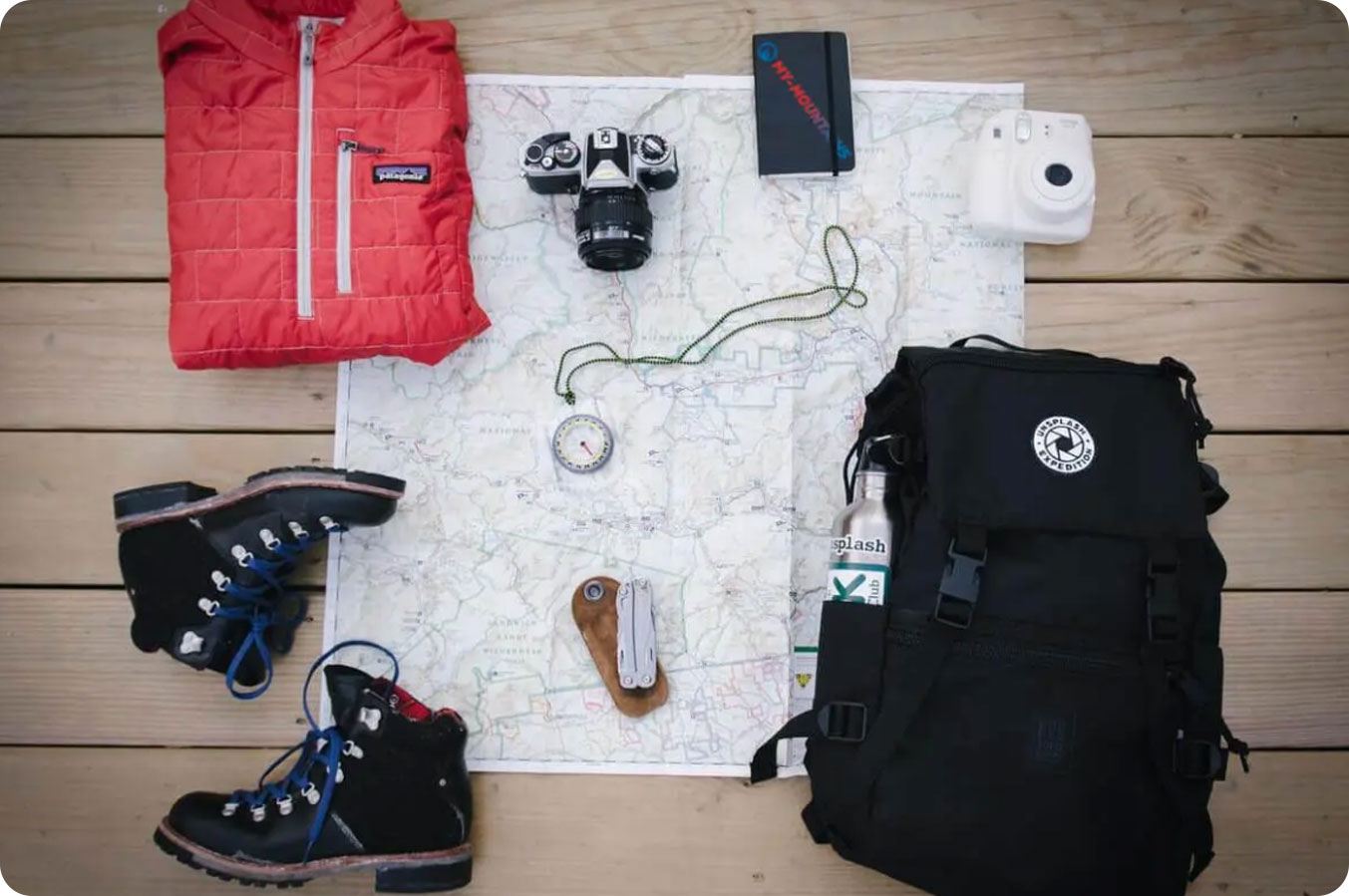
Choosing a backpack
There are many factors to consider when choosing the right hiking backpack. If possible, get a backpack that has a shoulder harness system. It must take the weight off your lower back and distribute it evenly across the shoulders and upper back. You will hardly notice your pack when you are wearing it. Apart from this, if you carry something, make sure you know how to use it. Therefore, we suggest carrying a well-thought-through pack. It presents a good habit and a great outdoor life skill. One day, it may save a family member, an outdoor companion, or even you.
Principles of a hiking gait
The basic principles and essentials of walking are not only the leg movement but the whole body movement, pay attention to balance the body and the adjustment of the pace through the arm.
Control your walking rhythm, and the best walking speed is walking but without big breath and ensure your pulse is no more than 120 beats/minute. Chin up and straighten your back, take your deep breath by abdomen, keep the whole foot touching the ground, the displacement order is from heel to toe. No matter at what time, you should walk under the walking rhythm, do not speeding up and be slowing when you run, try to keep the uniform speed.
Preparations for hiking
At the very beginning of hiking, you should keep a slow movement in order to warm up your body. After 5-10 minutes, you can speed up the pace. The team members should keep their distance in certain meters. That’s how they make sure the suspended walker and the advanced walkers will not affect each other. Usually, the suspended team members walk in the right side. On the other hand, the advanced walkers are on the left side. When meeting with the oncoming team, both sides should keep this rule as a respect.
A safe distance between the suspended members and the advanced members should keep in ten minutes’ distance. In the daytime it should be 200 meters, while at night the distance should be 5 minutes or 20 meters. It is also necessary to develop good habits when hiking. Focus on walking, do not laugh and disturb others. Avoid loud singing, because it will not only distract the others’ attention but will also make unnecessary consumption of their physical exertion.
Our experience with guided hikes in Switzerland and the Swiss Alps made us experts in paying attention to the group and individual pace of the hikers. Knowing that, we adjust the pace to be appropriate for all hikers.
Pay attention to your body posture
When walking in the uphill, the center of gravity should be in the fore-soles of the feet. On the other hand, when going downhill, you need to keep the body slightly forward. Besides following previously mentioned rules, you also need to focus on the hind paw. while lowering the center body gravity, slightly drooping.
Whether uphill or downhill, when walking on the steep slope, your trace should take a zigzag shape. The rule is to avoid a straight line from top to bottom, however, this is a relatively safe walking on the downhill. When going in uphill or downhill, you should also perform a hand test. It includes pulling the stones, twigs, and cans to make sure whether they can load with your body. After you checked they are safe, you can grab on it and continue climbing. People often see the players pull withered rotten branches, rattan, which cause falls, injuries and other accidents.
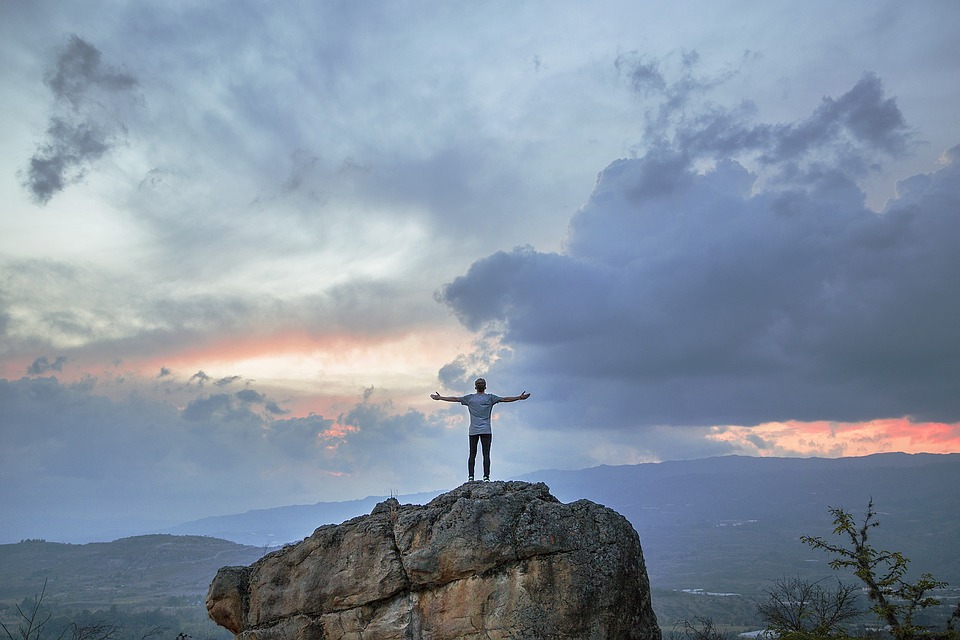
Take breaks
The hikers should also take breaks when walking. The participants should combine short and long rest time. A short break should should last five minute. The participants don’t take off the backpacks and other equipment because such a break serves to recover the normal breath.
On the other hand, a long rest time should be performed every 60-90 minutes. The break time lasts 10-15 minutes and include taking the backpacks off. The first 2-3 minutes standing time serves to adjust the breath. Then you need to sit down. However, the advice is not to stop to sit down and rest because this will increase the heart rate. Therefore, hikers should spend time to massage the legs, waist, shoulders and other muscles among each other or just by themselves. On the other hand, they can choose to lay down to make sure the leg blood congestion will flow into the heart.
Come hiking with us
Are you planning to go hiking? Check out our wonderful guided hikes in Switzerland. You’ll get to explore unique places off the beaten track with a professional local guide. We have a great selection of guided hikes in Switzerland. Just choose your next adventure; our guides will be happy to accompany you.
Check out our latest Articles:
-
Verbier Ski Packages: Your Ultimate Alpine Adventure24 July 2024/0 Comments
-
-
-
St Moritz Ski Packages: Indulge in Luxury4 July 2024/
-
Experience The Swiss Ski Holidays of Your Dreams26 June 2024/
-
-
Skiing in Zermatt: A Premier Destination12 June 2024/

